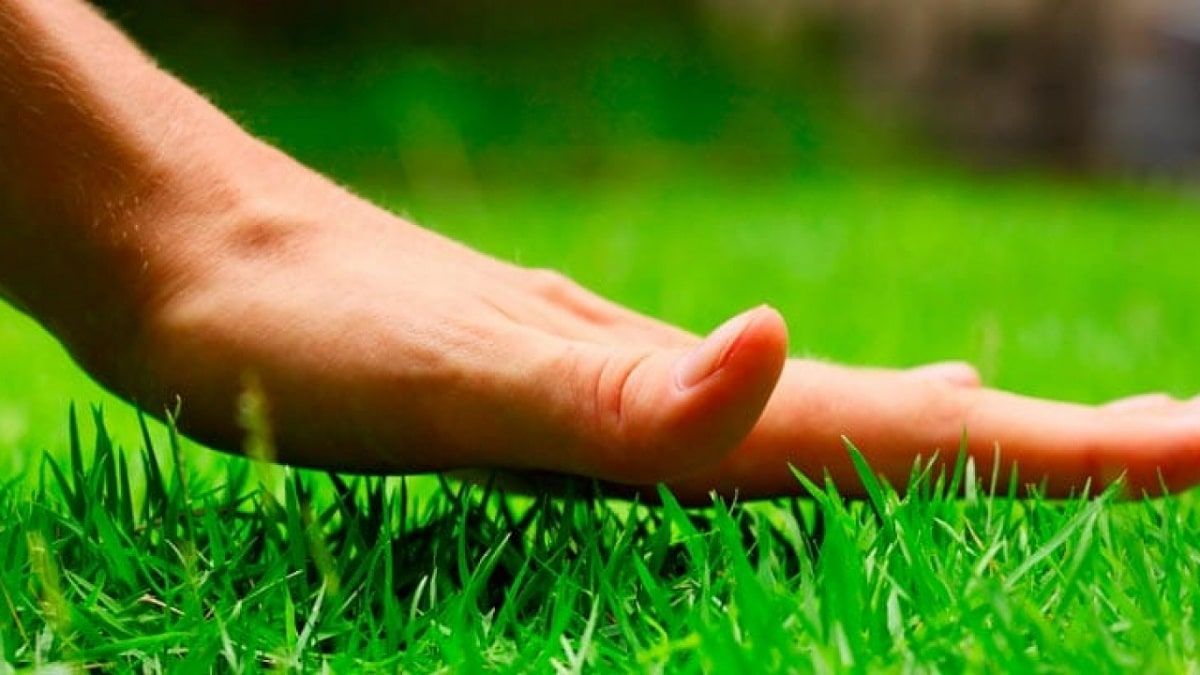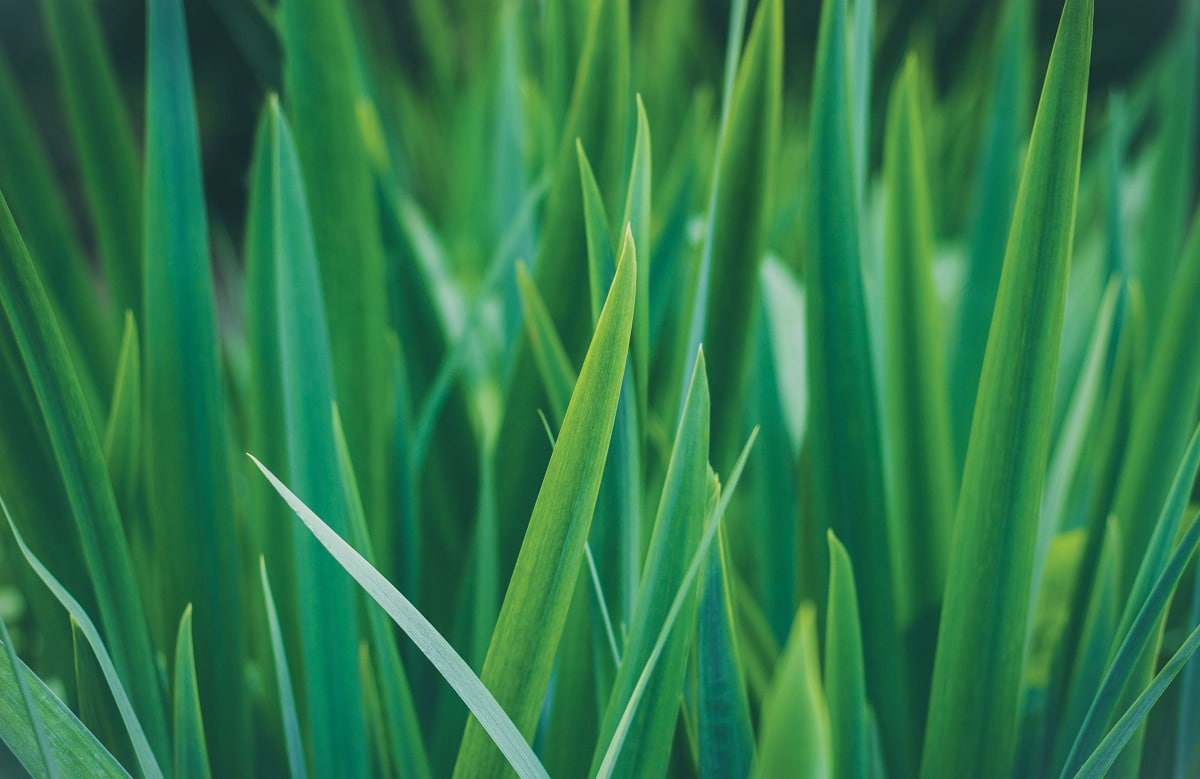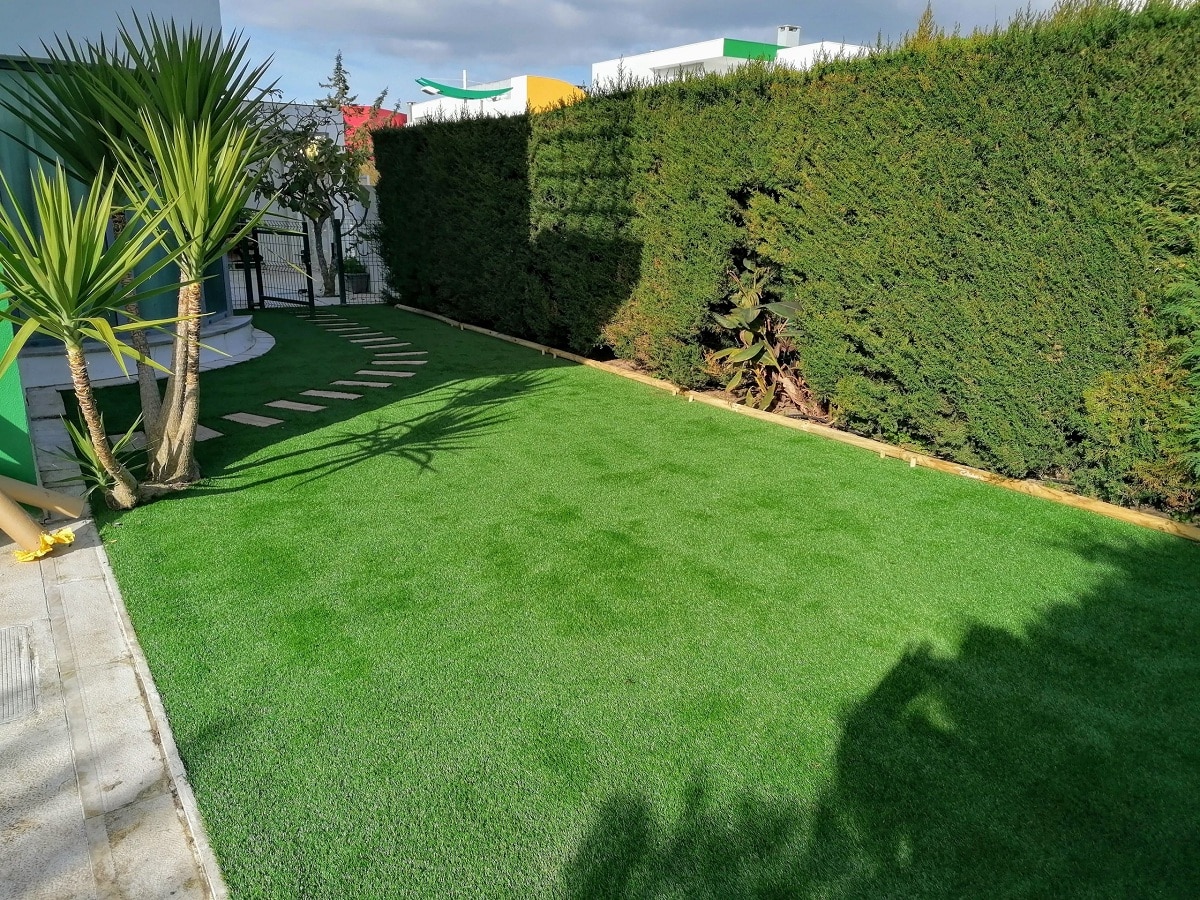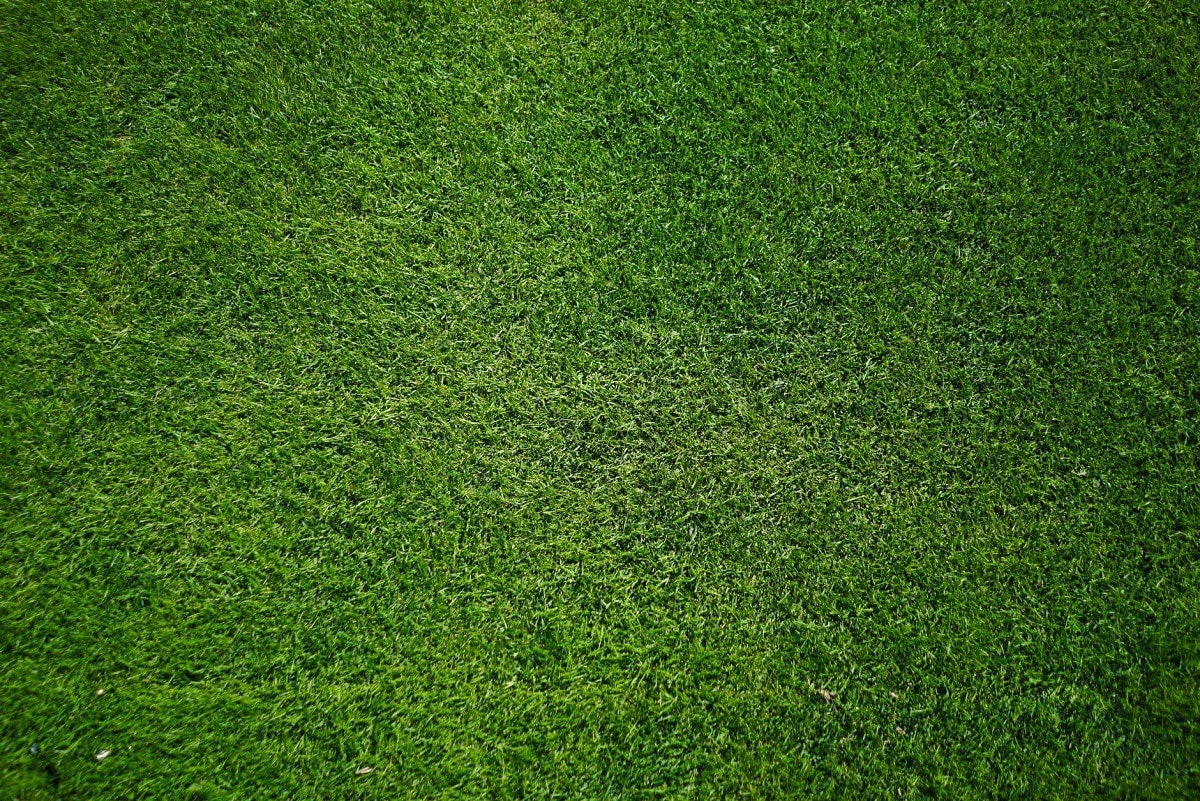
One of the plants that needs the most care to have a good result is the lawn. Natural grass takes into account the type of climate where it develops and the care that is given to it. There are different types of grass according to its characteristics, uses and the climate where it is developed.
In this article we are going to tell you about the different types of grass that exist and what their main characteristics are.
Factors to consider

The climate and the region where we are going to plant the grass is quite important to choose between the different types that exist. Let's see what the main factors are and the use that can be given to each of them:
- The climate where we live
- The use that we are going to give it
- The amount of sun or shade that it will give
- The type of soil we have
- The care and time that we want to dedicate
Types of grass according to their use

Since there are hundreds of species of grasses, it is difficult to look at the characteristics of each species to determine which one to choose.
First, it is necessary to distinguish if its use is personal or professional. Buy a mix of seeds or grass for the pool and turn the garden into a green haven so that you can appreciate it or make it look green all year round and use it for anything, barbecues, dinners, lunches, meetings, etc. Let's see what the different types of grass are according to their uses:
Lawn in swimming pools
We will have to choose between natural grass or artificial grass. The artificial is only when you are looking for comfort, but it will be a shame, because it will take away the elegance of touch, color and smell. They also generate a lot of heat, which is a build-up of bacteria.
For those who seek to place real natural grass, they will obtain freshness and comfort for its pleasant touch, sanitation (because the earth filters everything, so that there is no accumulation), etc. If we want to put natural grass in our pool, we must know that maintenance is the key. But we can choose a variety of grasses that do not require much maintenance.
Our grass must meet several criteria: resistance to steps, resistance to chlorine, severe weather in winter and summer, and comfortable to the touch when we step on it. Since there is not one variety with all of these characteristics, it is best to choose seed mixes that support the weaknesses of the others.
Lawn in garden
Anyone who wants to grow natural grass in the garden wants it to be green all year round, but without the right tools and proper maintenance this can be difficult.
The time we must invest to achieve this goal is medium to high, which depends largely on the quality of the soil, the irrigation we provide and the number of times the grass is cut. These grass species complement each other and create a perfect symbiotic relationship between them. In addition to withstanding high-temperature and salt-rich environments, such as coastal climates.
Types of grass according to the weather

Over time, different types of grass have developed according to the climate where it is planted. But making a general classification we could classify them into two large groups:
- Natural grass for hot climates
- Natural grass for temperate and cold climates
Natural grass in hot climates
- Bermuda: Also known as fine grass or lawn, it is the most used species in private gardens, parks and even soccer fields. The most resistant to footfalls, heat and drought. It does not support frost at all.
- Grass Bay: Because the leaves are thick and dark green, this variety does not require much watering or fertile soil, and shade is well tolerated. It has deep roots, so it can withstand trampling well. It has been used many times to stabilize the soil.
- Kikuyu: Very thick broadleaf grass. It is very common in the gardens of the Mediterranean coast, since it can withstand saline climates, heat and drought. Due to its density, it is the most resistant to footsteps. Because it grows very fast, it is convenient to cut it frequently.
Natural grass in medium and cold climates
- Agrostis: It is characterized by being able to withstand very low cuts and has a carpet look. It is a very fine grass that rarely turns yellow because it withstands extreme climates.
- Fescue: In Festuca, the Arundinacea variety is a dark green perennial grass very resistant to any disease in cold temperatures, if this is not enough, it is also true in hot climates and water scarcity. It does not require much maintenance and is well maintained.
- Ray Grass: It is one of the fastest growing grass species and is used in areas with regeneration problems. Its leaves are very thin and dense, with a fairly bright green. It is resistant to cold and heat, but does not tolerate drought and water shortages, so it must be pampered and consumed. It is widely used as nutritional quality feed.
Uses
Let's see what are the different uses that can be given to this:
- Decorative use- For decorative functions, we must choose varieties with very thin, dense and dense leaves. An obvious example could be a natural grass garden. Most companies have warehouses or buildings of a certain size because few people walk on them. The level of care required is quite high.
- Sports use: Its advantage is that it can not only enjoy the beautiful scenery, but also withstand whatever we want to do with it. Keep up the pace, the dog runs, the ball. They are also varieties more resistant to pests.
- Personal use: By personal use, we mean the lawn of the whole family, which can be walked, laid down and used for jokes by children. And you won't have much time to dedicate, family comes first. It must be resistant.
You have to take this process seriously: prepare the soil before planting, aerate it and choose a good substrate. Consider the amount of sunlight the garden receives. For example, grass is ideal for dry areas. You must adjust your care according to the type of seed you choose. Don't worry, give it time to sprout. Lawn gardening is a monument to patience.
I hope that with this information you can learn more about the different types of grass that exist.